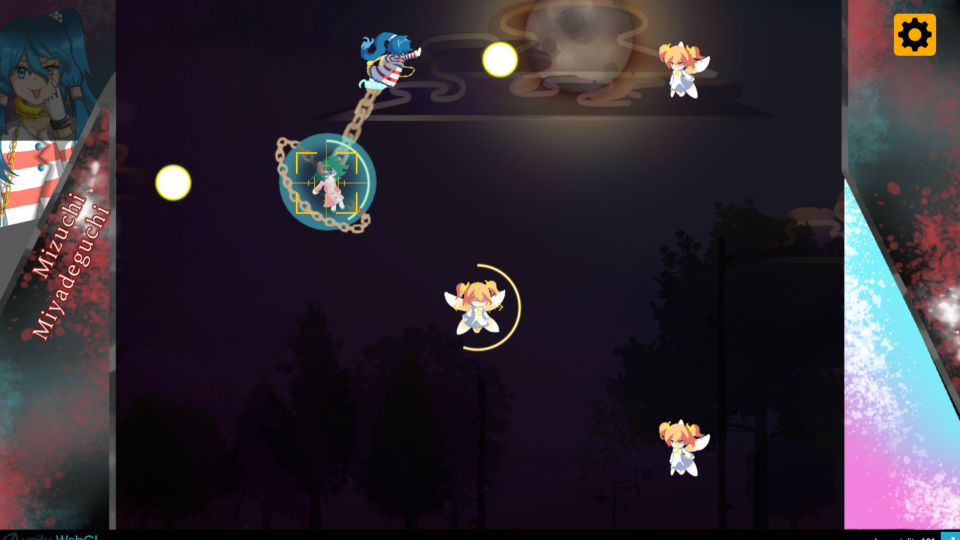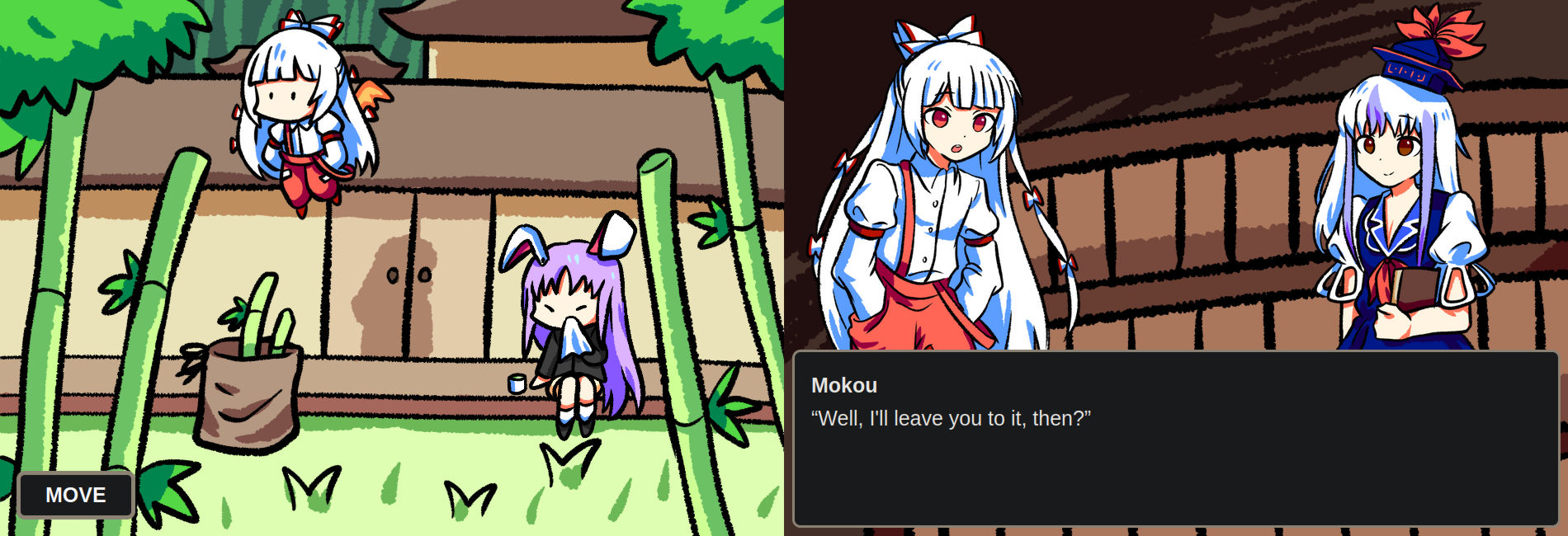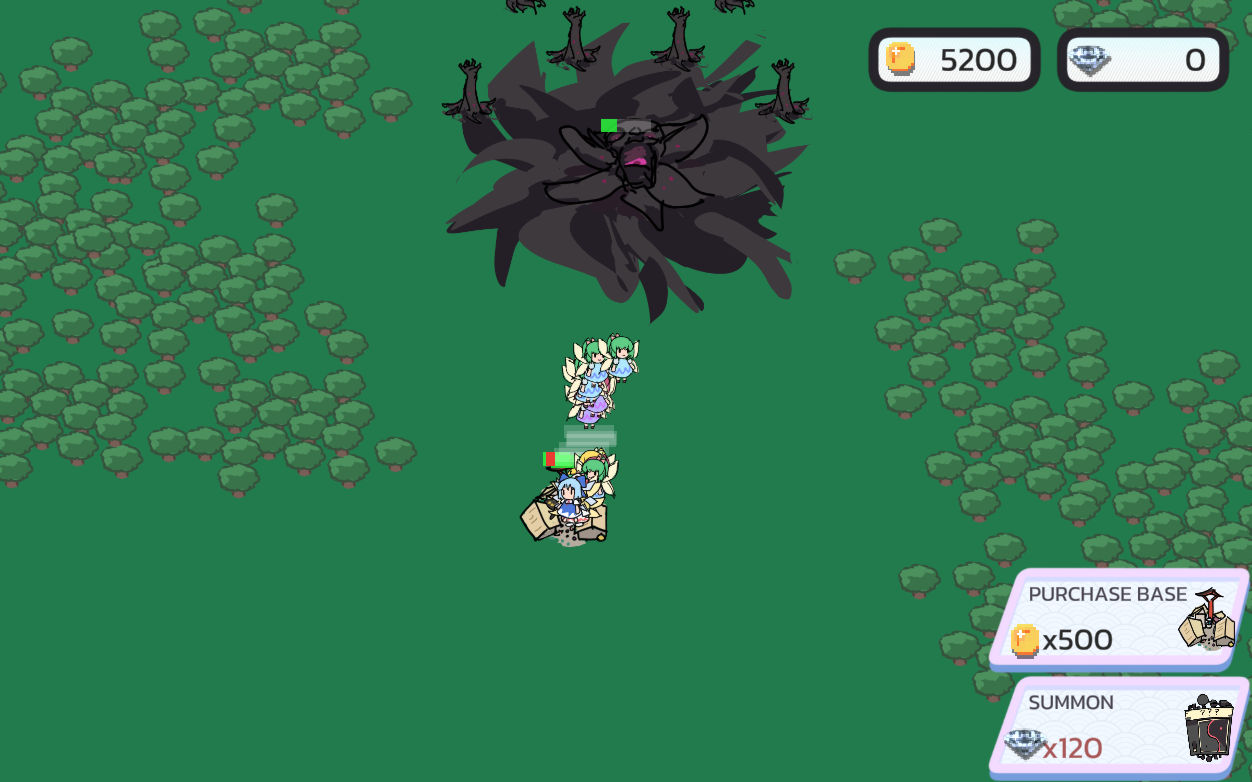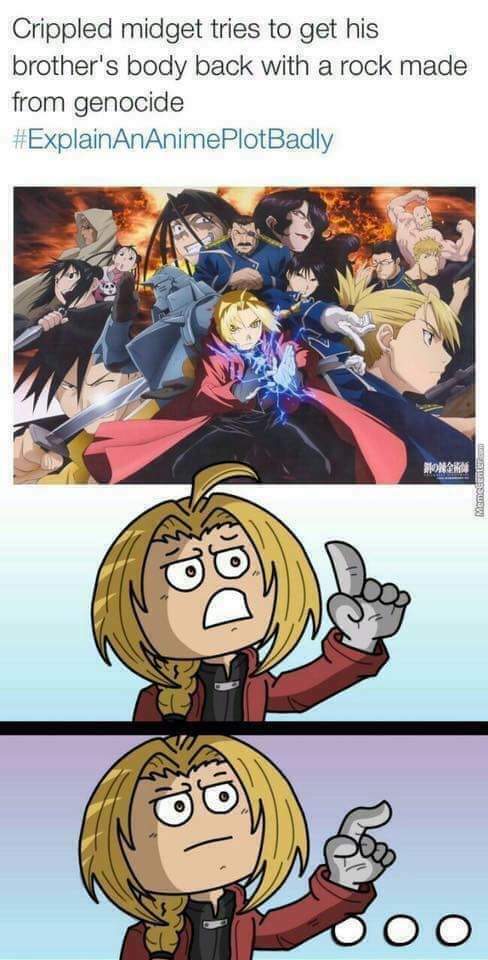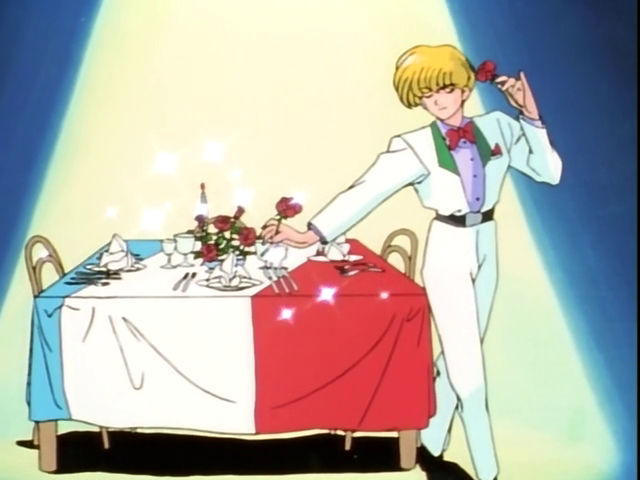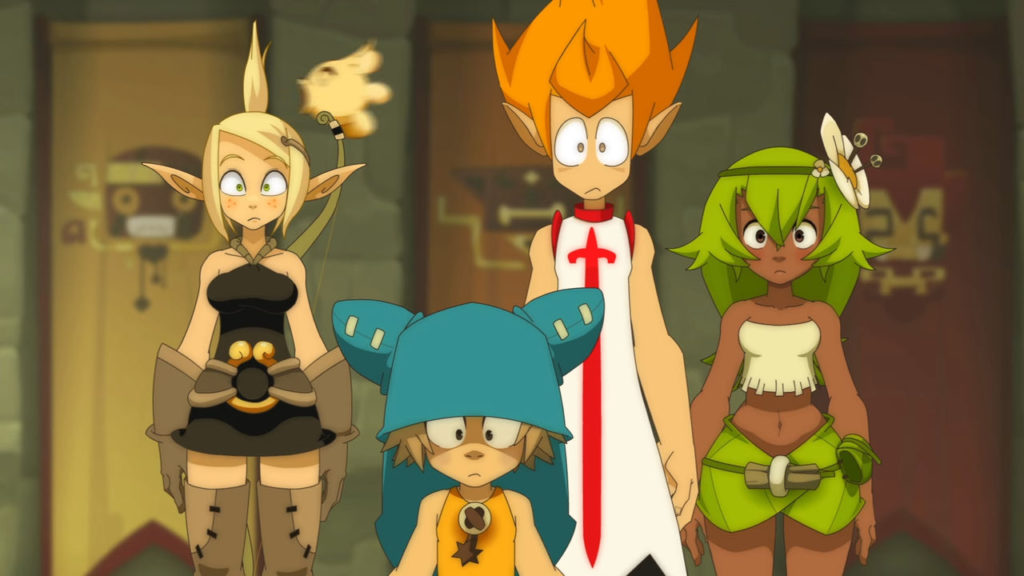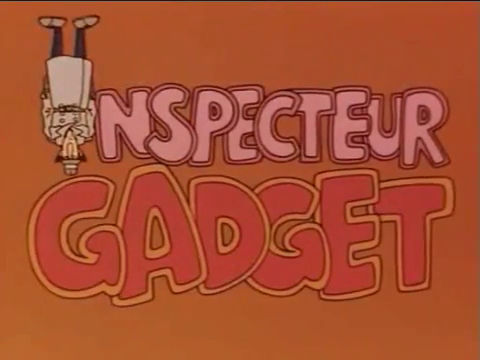Denver’s destination event for otaku is worth a visit
by Bob Johnson

Holy Hell, did I ever need to go to Daku Con. Nestled in the open plains of the grand city of Denver, there is an airport and a Crowne Plaza Convention Center thereby. For three days, this hotel is a mecca for weebs and weirdoes from the American West, a bishi bacchanalia at the dawn of winter.
It stands pleasantly unmoved by the trends at other cons that have turned what once were college-level cultural experiences into fluffy, insubstantive Demolition Man shells of themselves, where the organizers spout weak-tea “we have kids now” nonsense as they cancel everyone’s offcolour comedy panels. Well, just how did you hypocritical weebs meet in the first place, hmmm? Some of us still need a con that “goes there”.
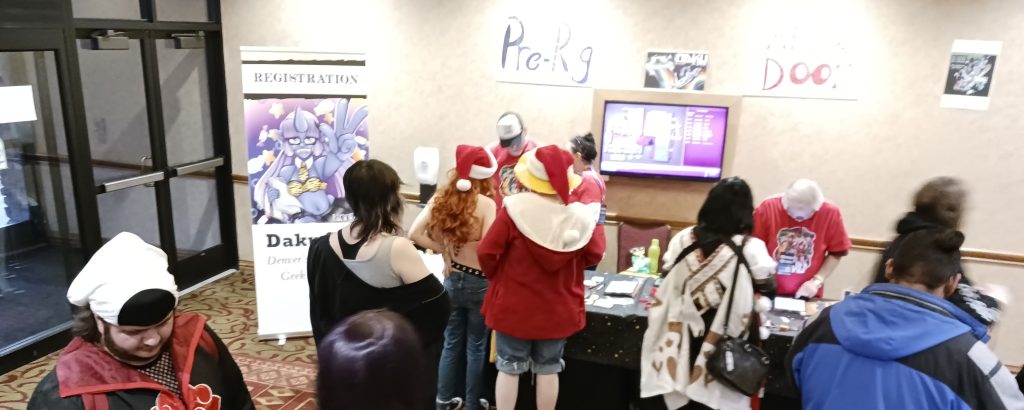
In a perfect world, we would all have perfect choices. There would be an easy response to bowdlerization at the con: simply go to something else that is 18+. But there’s only a handful of cons that are really committed to staying 18+, and of these, many are in the South or East Coast, far from our neck of the woods. Yet Daku Con is in Denver, just one flight away from anywhere. It’s not so far west as to be troublesome to get to from the remainder of our continent, and it is still an easier sell than, say, Chicago, when courting a potential guest from Japan or Korea.
Wandering the halls enjoying the peoplewatching, peering at the panel rooms and wandering off when something else catches my eyes, Daku Con really strikes me as being in the Goldilocks zone: despite having a lot of Big Con energy, it also evokes this very neighbourly, small-town-but-in-a-good-way vibe. You get the feeling of being one of the Big People On Campus pretty soon, in part because the stars of this thing are lingering and mingling instead of being whisked back up to the Green Room.
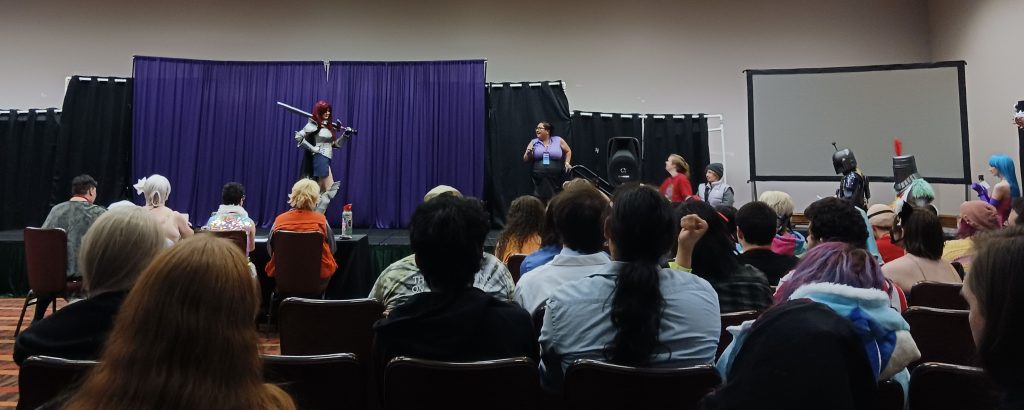
There are several genres represented at the con, with anime roughly being in first place. You could argue that it is a full-blown multi-genre con with its attention to video, tabletop, and gambler-style gaming and special focus on adult entertainment. There’s a lot of comics and some wordy books being slung on the sidelines, but far less of that Marvel Movie Mook energy, and I’m 100% okay with that. The odds that the panel topics will be Hentai or Victorian Erotica are through the roof. And the primetime event is not one, but two nights of burlesque! I mean, it’s one thing to see your favourite cosplays, but seeing these wonderful folks creatively un-cosplay is a remarkable twist on a con favourite.
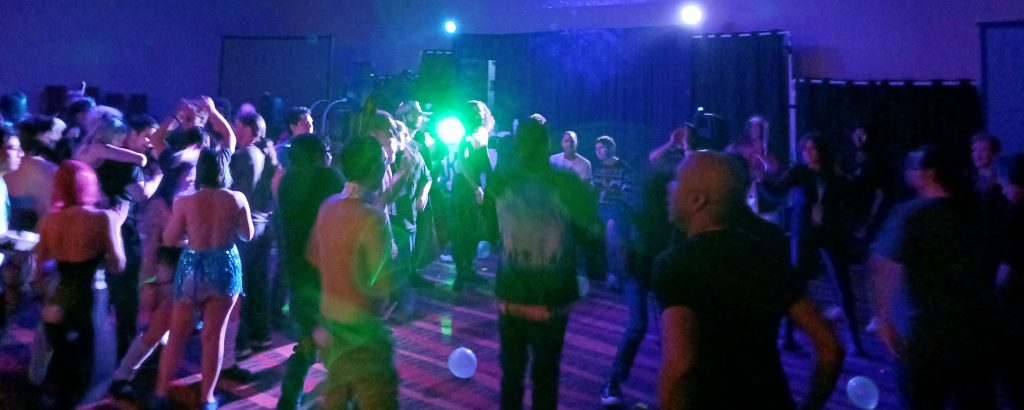
There’s more of course: The dealer’s room and artist alley are phenomenal and need not hide their most bountiful wares behind painter’s tape or dark curtains. As for how my con was personally spent, well “What happens in Vegas stays in Vegas” – but suffice it to say, by the end of each day there will be plenty of meaningful events to discuss with the entourage, whether over pink frosted Little Debbies in the manga library, or over a beer at the indoor waterfall lounge.
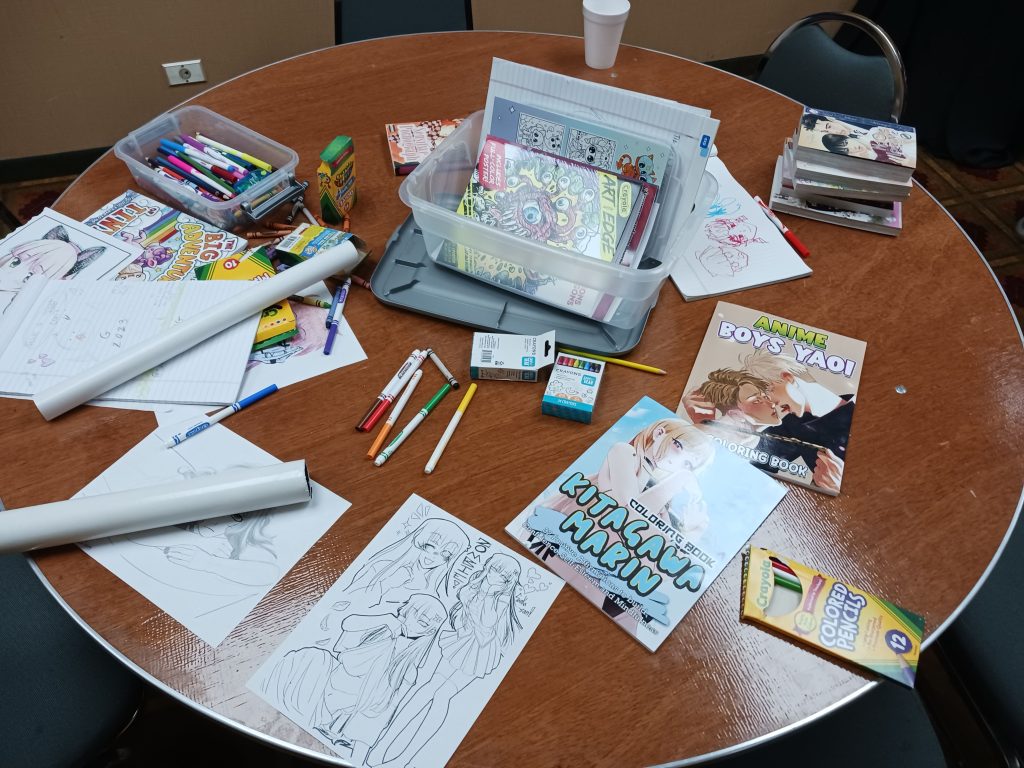
Thanks, Daku Con: being a nerd is cool and underground again. Hope to see everyone again next November!
Fuck Yeah, Check it out:
Daku Con 2023 anime and multi-genre convention
Returns November 1 – 3, 2024 in Denver, CO
https://dakucon.org/

